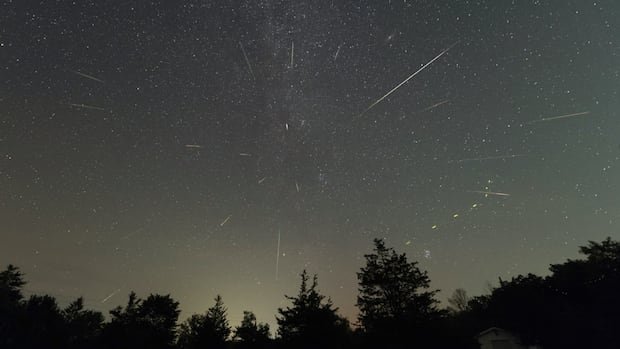As summer approaches its end, skywatchers eagerly anticipate the annual Perseid meteor shower, known for its impressive display of shooting stars. The shower stands out as one of the most remarkable celestial events of the year, particularly favored in the northern hemisphere during summer months when skies are typically clear and temperatures are warmer.
In comparison, the Geminid meteor shower, a fierce contender in meteor count, occurs in December amid cloudier and colder conditions, offering a contrasting experience to the Perseids. While catching a random meteor is possible on any given night, meteor showers like the Perseids provide a unique spectacle with the potential to witness dozens of meteors streaking across the sky each hour.
The Perseid meteor shower is an annual phenomenon caused by Earth passing through the debris trail left behind by Comet 109P/Swift-Tuttle, which orbits every 133 years and last visited the inner solar system in 1992. This cosmic debris enters Earth’s atmosphere, creating a stunning display of burning streaks in the night sky.
Named after the constellation Perseus, from which the meteors appear to originate, the Perseids will peak on the night of August 12-13 this year, producing around 100 meteors per hour under optimal viewing conditions. However, skywatchers may not witness such a high meteor count due to the moon’s brightness, which will wash out all but the brightest meteors during this year’s shower.
Despite lunar interference and potential smoke from wildfires affecting visibility, the Perseids are known for their bright meteors, fireballs, and impressive “earth grazers” that skim the atmosphere, creating a mesmerizing sight. Skywatchers are encouraged to persevere and find a dark spot away from city lights, lie down with the moon behind them, and gaze up to enjoy the celestial show that the Perseids rarely fail to deliver.

